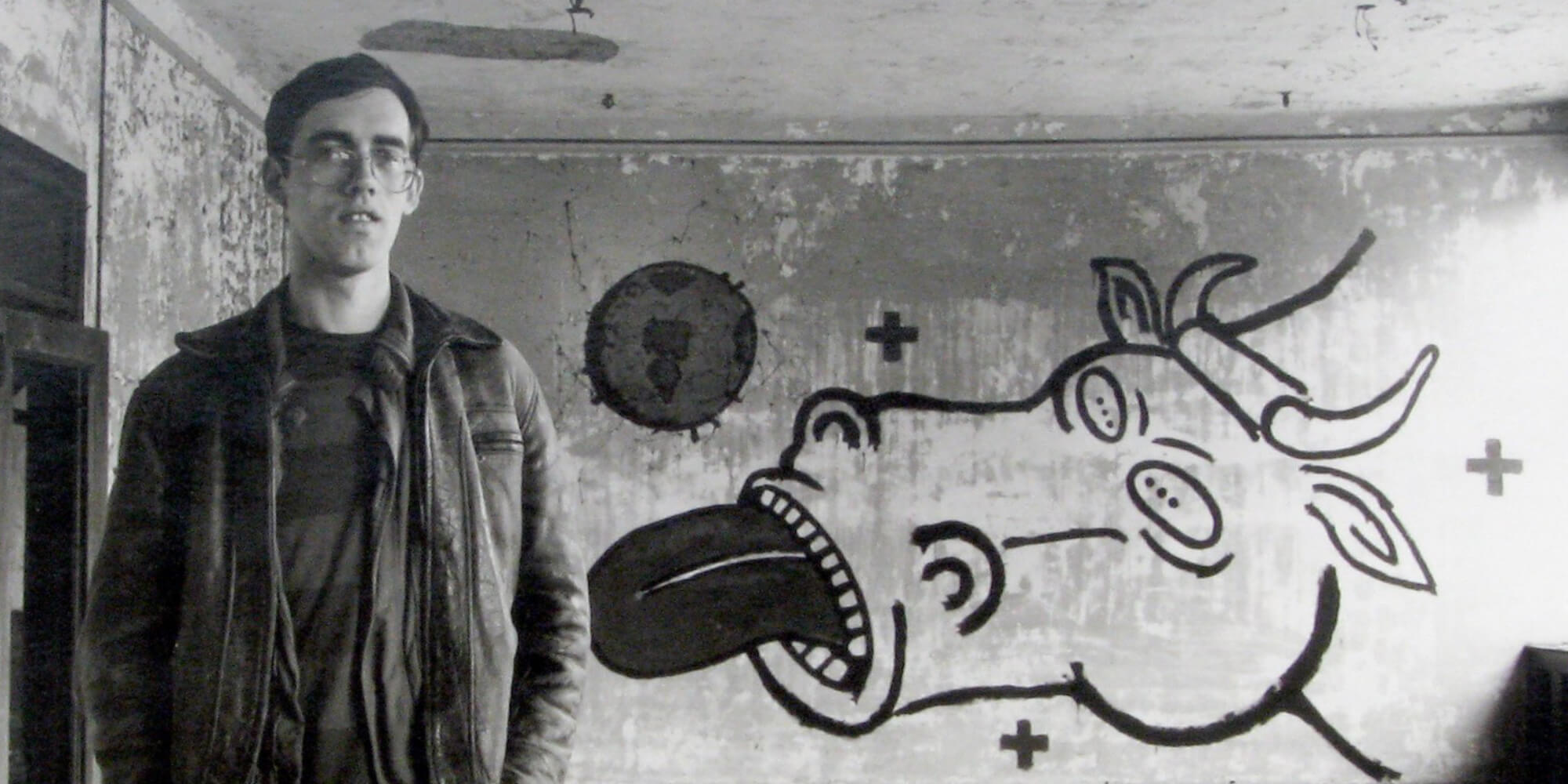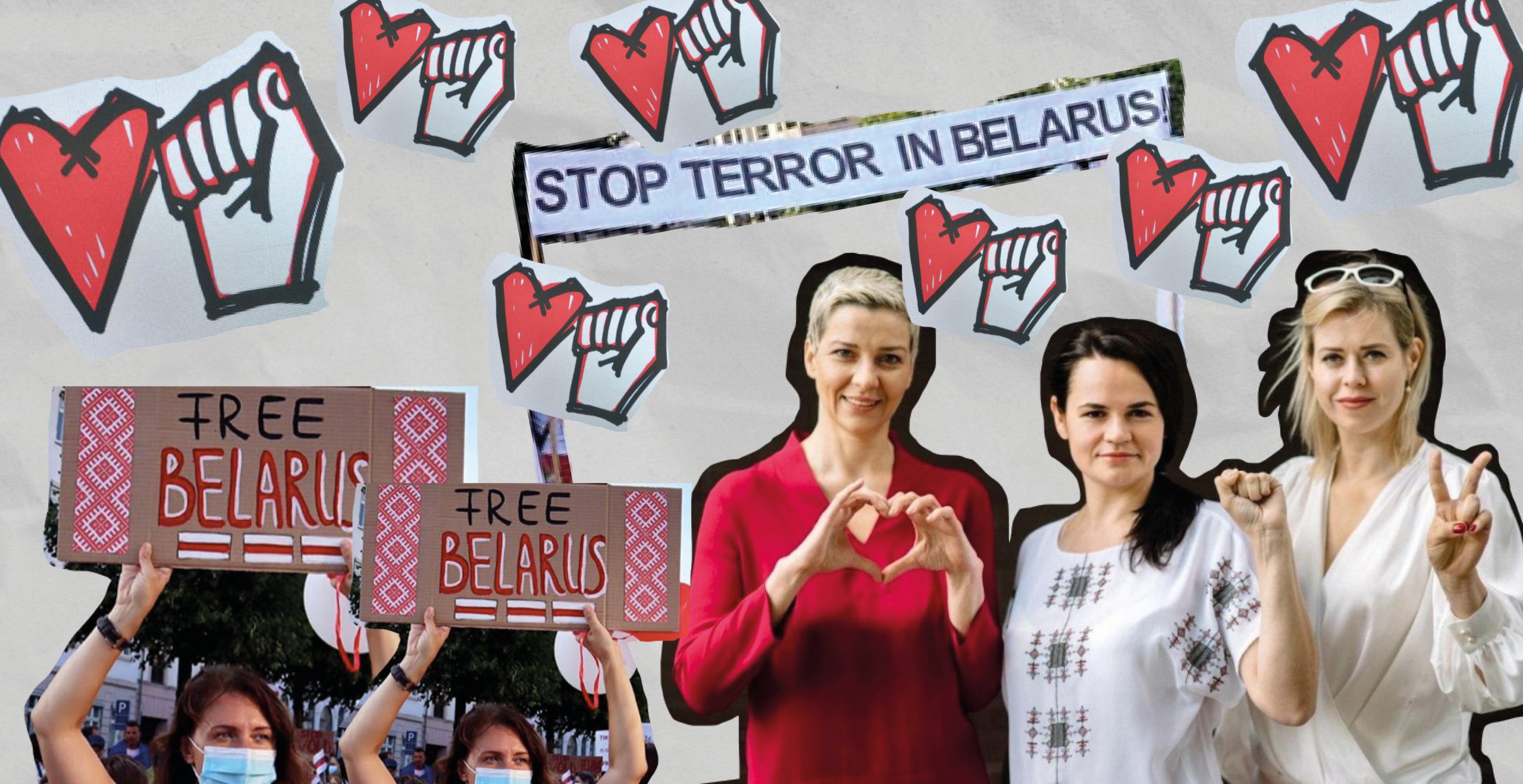David Wojnarowicz’s Work in the Fast-Fragmenting Time of Aids
David Wojnarowicz’s work encompasses powerful images that convey the inexpressible through visual means—a realm of loss and peril, exemplifying the experience of being a homosexual man in a homophobic world. While his paintings initially brought him recognition in the art world, it is the profound message embedded in his extensive body of work, spanning photography, sculpture, installation, performance, film, and writing, that continues to resonate within numerous communities. This message bears witness to the overwhelming anguish of harboring desires that could result in punishment, even death, as well as the inherent transgressions associated with one’s very existence.
In his 1991 memoir, “Close to the Knives,” Wojnarowicz eloquently wrote, “Piece by piece, the landscape is eroding, and in its place, I’m constructing a monument built upon emotions of love and hate, sadness and murderous intent.” This poignant work acts as a testament to a rapidly disintegrating community, abandoned and forsaken by doctors and politicians alike, with the collective gaze of society transfixed upon their plight. Wojnarowicz, in “Knives,” not only denounces the silence engulfing the gay community due to the AIDS epidemic but also addresses issues of police brutality towards people of color and the erosion of abortion rights, among others.
Violence permeated Wojnarowicz’s upbringing, leaving an indelible mark on both his visual and written essays, which serve as a testament to the struggles of a queer artist battling with the ferocity of a dying artist, expressing his anguish through resolute and vociferous means. In his early years, Wojnarowicz yearned for affection and endured years of desolation as a street hustler in New York City. Abandoned, kidnapped, and subjected to abuse by an alcoholic father, he sought refuge on the streets at the tender age of 16, sustaining himself through hustling. Later on, he emerged as a prominent figure within the 1980s East Village art scene, standing shoulder to shoulder with contemporaries such as Keith Haring, Jean-Michel Basquiat, and Kiki Smith.
Throughout his writings, Wojnarowicz ponders whether it is possible to find solace within the “killing machine called America,” expressing outrage at the complicity of those who remain silent and polite in a system openly complicit in the destruction of marginalized communities. Silence, he asserts, equates to tacit support. As a result, his work resonates not only with the gay community but with any oppressed group, illustrating the imperative to speak up against the invalidation of others.
Among his most striking images is “Silence = Death,” the rallying cry of AIDS activists—a photograph portraying Wojnarowicz with a stitched mouth—a powerful visual symbol representing those who are forcibly silenced. Wojnarowicz once stated, “What I truly fear about death is the silencing of my voice.” Three decades after his untimely passing at the age of 37 from AIDS-related complications, his work continues to combat prejudice, while his words echo within activist movements. Without Wojnarowicz’s essays, comprehending the profound symbolism and seething fury embedded within his artwork would be arduous.
“A Fire in My Belly,” an unfinished film, captures the disconnection between humankind and nature, culminating in ultimate destruction. Employing a visual language that simultaneously obscures and reveals truth, Wojnarowicz recorded imagery during his visit to Mexico City, particularly during the Day of the Dead. These visuals included scenes of violence and terror, featuring a poignant image of a child exploding amid a fire-breathing street performer, ultimately becoming the central image associated with the film’s title. The collage of images encompasses staged footage filmed within his New York apartment, and its rapid editing encapsulates both tension and poetic essence, mirroring Wojnarowicz’s contextual existence, situated at the nexus of creative vigor and societal demise.
As previously mentioned, Wojnarowicz’s work grows increasingly relevant, with its significance continually examined through numerous recent exhibitions and essays dedicated to his oeuvre. “A Fire in My Belly” served as the title of an exhibition hosted at the Julia Stoschek Collection last year, exploring the manifold ways in which experiences of violence and loss manifest, bear witness, and undergo transformation. The exhibition featured the works of over 30 artists, capturing gestures of protest and resistance across diverse artistic formats. Additionally, Wojnarowicz’s solo exhibition took place at KW Berlin in 2019, followed by a retrospective at the Whitney Museum in New York in 2018.
Wojnarowicz transformed his personal traumas into a public language that continues to resonate with many, particularly during a time when LGBTQIA+ and queer communities are increasingly receiving support. For some, his work may appear aggressive, abstract, and challenging to dissect. However, how can one approach such matters lightly when everything around us is succumbing to darkness? As Olivia Laing eloquently states in a chapter dedicated to Wojnarowicz’s life, “If silence equates to death, he taught us, then art is synonymous with language, and language equals life.”



























